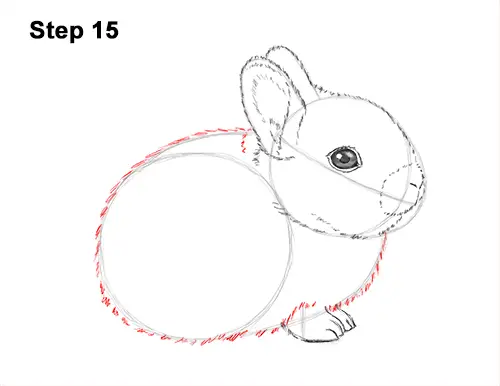
Step 15: Use the remaining lines and shapes as guides to draw the rest of the baby bunny's body. Simply darken the outer edges of the guides to create the shape of the body. Use a series of short strokes along the path of the guides to create a furry texture. Draw the strokes across the top of the feet to represent the fur covering the bunny's feet. Make the strokes along the bottom of the body a bit longer. The longer you make these strokes, the shaggier the bunny's fur will appear.
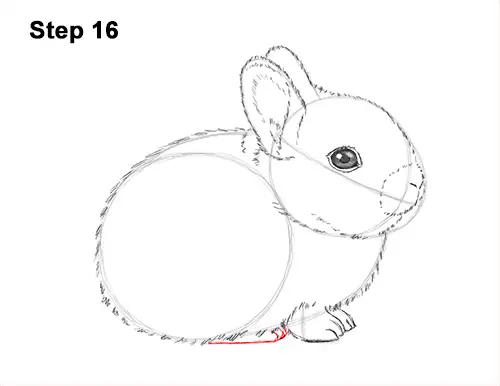
Step 16: Under the body, near the middle, draw a long, horizontal line that curves on the right for the hind foot. Because the bunny is sitting, the tail will not be visible. Add a curved line at the tip of the foot for the toes.
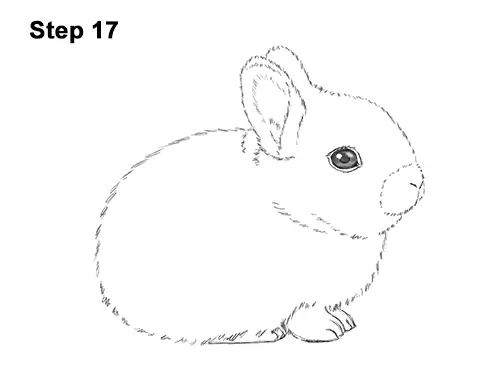
Step 17: For a cleaner look, erase as much as you can of the initial guide lines. Don't worry about erasing all of the guides. It's okay to leave some behind. Re-draw any final sketch lines you may have accidentally erased.
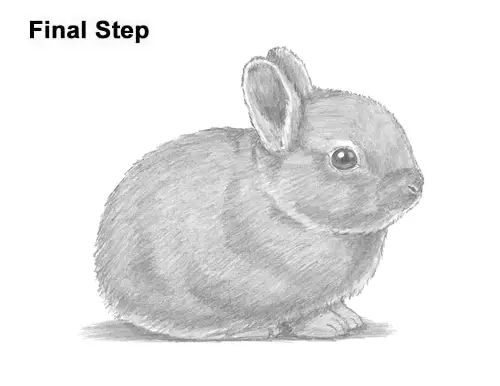
Final Step: Add some shading to your baby bunny drawing to give it more dimension and volume. Pick the direction of the light source when shading so that the shadows are consistent with it. Vary the pressure on your pencil to get different degrees of tonal value. For a more detailed guide on how to shade, check out this tutorial: How to shade.
Use a smooth value for the inside of the ear and short strokes for the shadows on the fur. The value near the inside of the ear should also be darker because the shadow there would be darker. You can actually stop here for an all-white bunny. For a gray bunny, continue on to the next steps.
Add a cast shadow underneath. This helps to ground the bunny so it doesn't appear to be floating.
Add even more value throughout the baby bunny's body for extra detail. In general, wild rabbits have brownish-gray coats, so use a medium value throughout the body. Make the muzzle a bit darker. If you make the value for the body darker than the shadows, make the shadows darker. As you add the value, use strokes that go in the general direction of the fur. Leave a few areas blank for white fur, like the edge of the ears, around the eye and the bottom of the head and neck.
Separate each individual stroke a bit so that the white of the paper comes through and creates a more fur-like texture. Domestic rabbits can have a variety of different coats, so you can shade your drawing with a different pattern. If you have a pet bunny, try to duplicate its coat pattern on your drawing. Shading can be time-consuming, so be patient and take breaks. Don't forget to pause the video after each step to draw at your own pace.
Thanks for visiting! Subscribe to the How2DrawAnimals YouTube Channel for a new tutorial every week.
To learn how to draw popular cartoon characters, visit EasyDrawingTutorials.com.
RELATED TUTORIALS
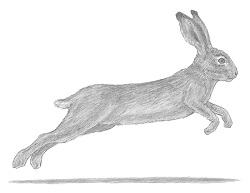 |
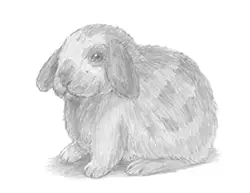 |
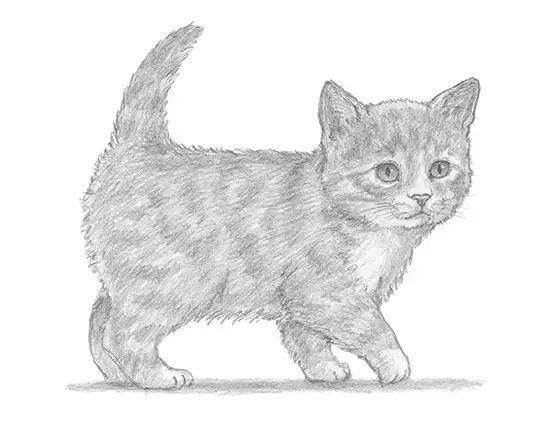 |







